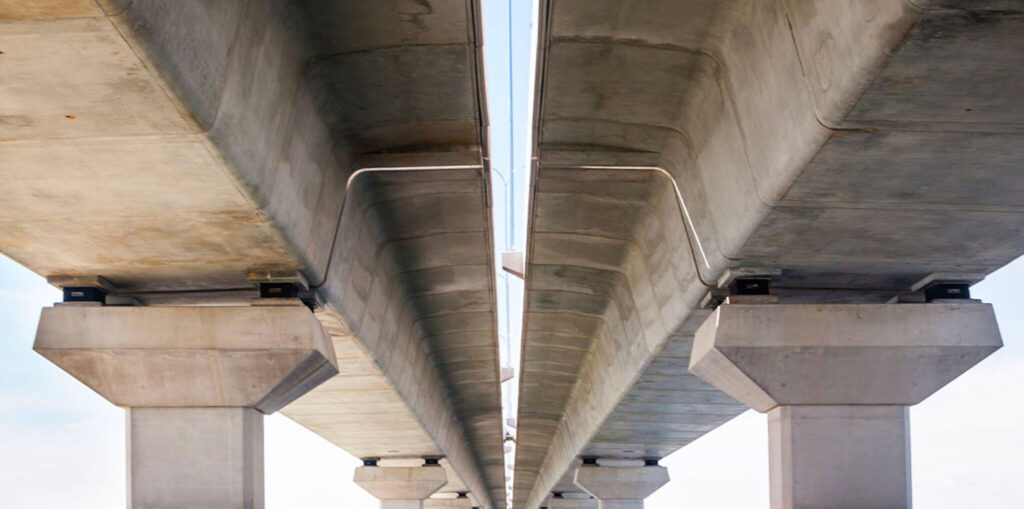The purpose of a bearing is to allow controlled movement and thereby reduce the stresses involved. Possible causes of movement are thermal expansion and contraction, creep, shrinkage, or fatigue due to the properties of the material used for the bearing.
External sources of movement include the settlement of the ground below, thermal expansion, and seismic activity. Bridge bearings also make room for relative movements between superstructure and substructure, for instance, rotation movements and translational movements in the horizontal and transverse directions.





